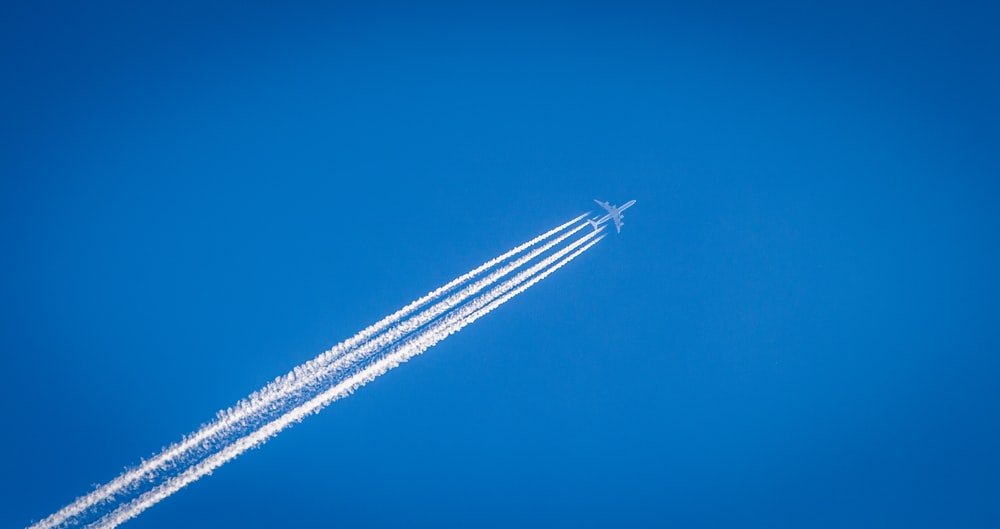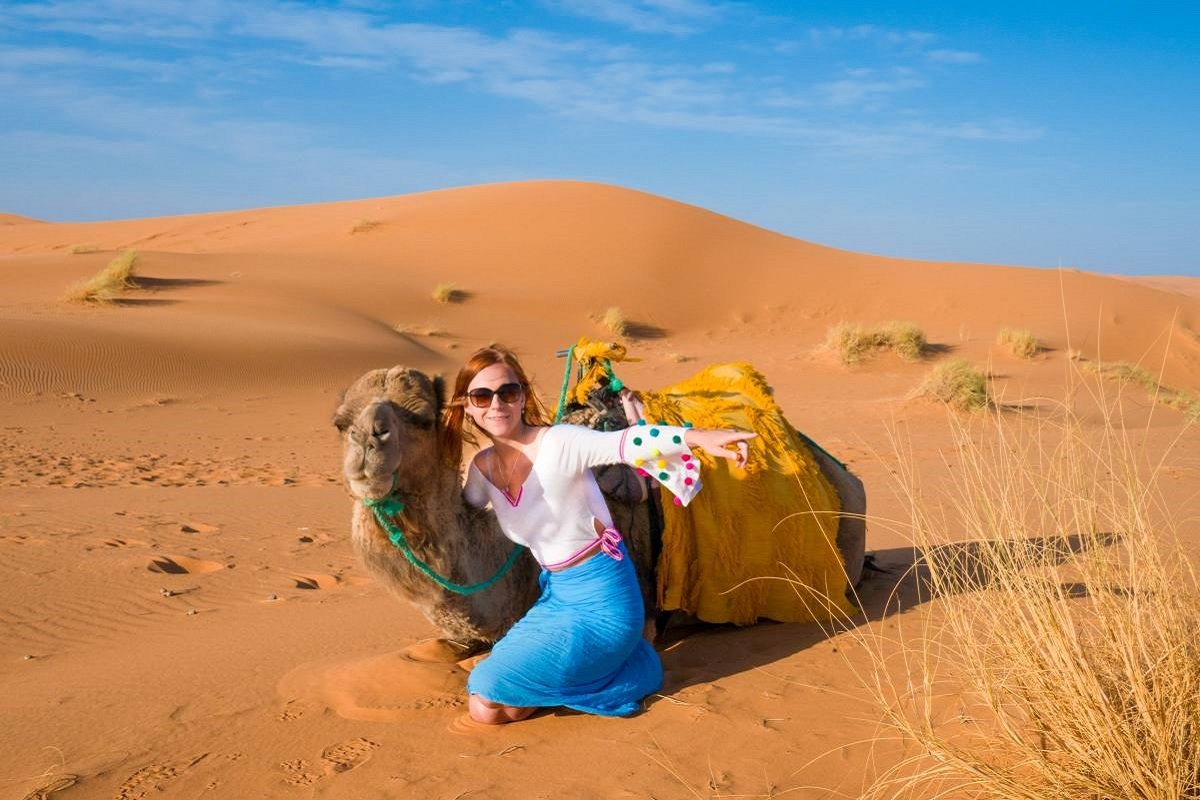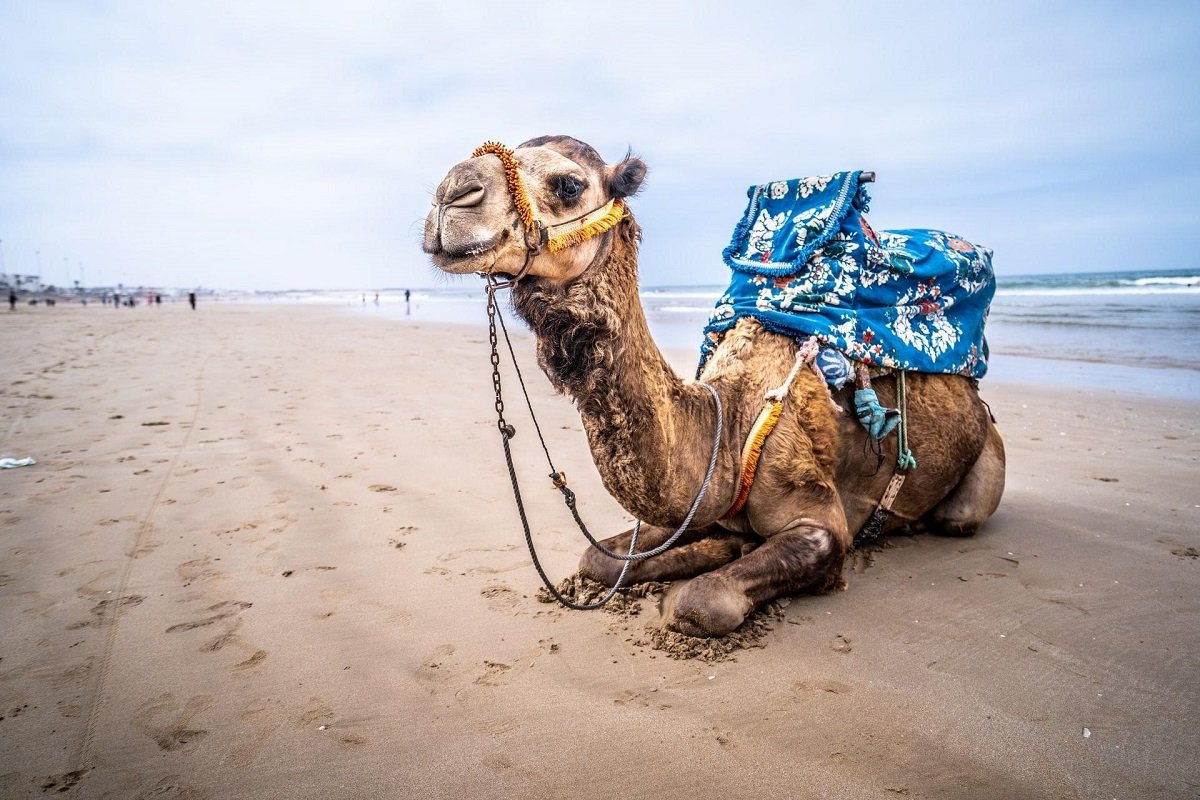Zimbabwe’s biggest attraction is undoubtedly the majestic Victoria Falls, one of the seven natural wonders of the world. But the country also has other natural and historical advantages to lure travelers and urge them to return. Wildlife, fish and birds is abundant, including a number of unique, rare and endangered species that make game viewing, bird watching, fishing and hunting popular activities.
Home to four World Heritage Sites, Zimbabwe has a rich history of ancient civilizations that make its friendly people proud despite the hardships. From the refreshing spray of the waterfall in your face to the sunset on Lake Kariba, a lush mountain escape to a river rafting adventure in the Zambezi, Zimbabwe is sure to leave you unforgettable memories like Livingstone and Rhodes. wealth of the country.
CAPITAL: Harare
CLIMATE: Subtropical. The best time to visit is from April to October when the weather is mild and rainy. Winter (May-August) is dry and sunny. Rainy weather November-March/April.
CURRENCY: 1 Zimbabwean dollar = 100 cents. You can get 15000 Zimbabwean dollars abroad. There are no restrictions on the foreign currency brought. If you do not declare the foreign currency you have brought, you will only be able to withdraw 500 USD. You may be asked to account for the currency exchanged/spent in the country. Hotel bills must be paid with credit cards or in foreign currencies such as US dollars.
Credit card users incur a surcharge of approximately 3 percent on the total value of goods purchased. US dollar traveler’s checks are recommended. Avoid street money changers who promise “no commissions, best rates” but then cheat on delivery. There are strict penalties for illegal currency trading. Many large stores in the city do not accept American Express cards; Traveler’s checks are the most convenient form of payment.
HEALTH: Yellow fever vaccination is essential if you come from an infected country or region. Visitors are also advised to take pre-arrival precautions against hepatitis A, polio, typhoid and malaria (especially those outside the city, depending on the region visited). Other health issues include bilharzia (do not swim or drink in rivers/dams as they may be infected), sunburn, limited medical facilities and supplies outside the city, AIDS and flu (risk persists throughout the year).
LANGUAGE: English is the official language. Chishona and Sindebele are widely spoken.
PUBLIC HOLIDAY:
- 1 January New Year’s Eve
- Easter Monday, April 12
- 18 April Independence Day
- 1 May Labor Day
- 25 May Africa Day
- August 11 Heroes Day
- 12 August Defense Forces Day
- 22 December Unity Day
- December 25-26 Christmas
SHOPPING: Shona soft stone carvings; wood carvings; t-shirts; safari clothing; pottery; leather products; basket ware; sculptures; textile. Nail polish and old clothes can sometimes be traded for carvings.
SOCIAL AGREEMENTS: Christianity is the main religion, but in rural areas people hold traditional beliefs. Western/European courtesy is observed. Return invitations are appreciated. The handshake is the common form of greeting. Dress is casual, but most hotels require more formal wear, such as a tie and jacket; business meetings require suits.
TIME DIFFERENCE: GMT+2
DESCRIPTION OF THE TOP TEN SHOOTS:
Victoria Falls:
Dubbed “Mosi-oa-Tunya” by the locals – thundering smoke, Victoria Falls is a World Heritage Site and undoubtedly the most spectacular waterfall in the world; Popular activities include rainforest hiking, whitewater rafting, bungi jumping, flights over waterfalls, river cruises and much more.
Lake Kariba The unique view of dead trees rising from the depths of this huge man-made lake is especially beautiful during sunset; A popular way to enjoy the lake is to watch lots of crocodiles and hippos with friends, go game hunting in Matusadona National Park or go Tiger fishing – the largest Tiger fish ever caught here and weighing 15.5kg.
Harare:
The capital offers sightseeing in the National Gallery; National Archives; Queen Victoria Museum; Queen Victoria National Library; the National Botanical Garden; Mbare Market; Capungu village; tobacco auction floors; Mukuvisi Forests; Museum of Human Sciences; Harare Gardens; Cecil House; National Craft Center; African Unity Square and Residency.
Kame Ruins:
One of South Africa’s magnificent Late Iron Age ruins, 22km west of Bulawayo, the Kame Ruins is now a World Heritage Site, marking the area’s headquarters for ancient civilizations.
Great Zimbabwe National Monument:
The remains of an ancient African city believed to have flourished between the 13th and 15th centuries AD are the only city south of the Sahara and in a World Heritage Site; the country was named after him and the famous Zimbabwean birds found in the region became the national bird and included in the flag; Visit the on-site museum, Kyle amusement park, and game viewing by car or horseback nearby.
Hwange National Park:
The country’s largest national park, wild game and birdlife in both size and diversity; also one of the few remaining elephant sanctuaries in Africa where herds of up to 100 strong have been seen; It is the only region in the country with reasonable numbers of gemsbok and brown hyenas, and what is now thought to be the largest surviving wild dog population in Africa.
Mana Pools National Park:
The Mana Pools, part of the central Zambezi Valley, are home to some of the largest concentrations of large mammals ever seen in Zimbabwe; it is also famous for its diverse and colorful birdlife and forms one of the black rhino’s last remaining strongholds; Game viewing, hunting and canoe safaris are popular.
Bulawayo and Matobo:
Zimbabwe’s second largest city, located on the site of the royal kingdom of Lobengula, the last of the Ndebele Kings; View the Natural History Museum, Railway Museum, Mzilikazi arts and crafts centre, Centennial park, central parks, and the National Gallery of Art; 30 km from the city is Matobo National Park, a unique 2000 square kilometer area of massive wind-shaped rock formations. Cecil John Rhodes’ burial site and thousands of ancient rock paintings can also be found here.
Eastern highlands:
The fertile natural environment makes this region beautiful with mountains, grassy plains, streams, waterfalls, mountain flowers, rare birds, etc. characterized by. contribute to panoramic views of exquisite beauty that attract nature lovers, hikers and other outdoor enthusiasts; Visit the wilderness of Nyanga National Park, Mutare, Mutarazi Falls, Bunga Botanical Reserve, Bvumba Botanical Gardens, and Chimanimani National Park.
Gona-re-Zhou park:
This park is adjacent to the Kruger National Park in South Africa and is home to some of the rarest bird and animal life in Africa. The bat-eared fox, fawn, Liechtenstein’s hartebeest, nyala and roan antelope are found along this park’s other famous African elephants around the world.








